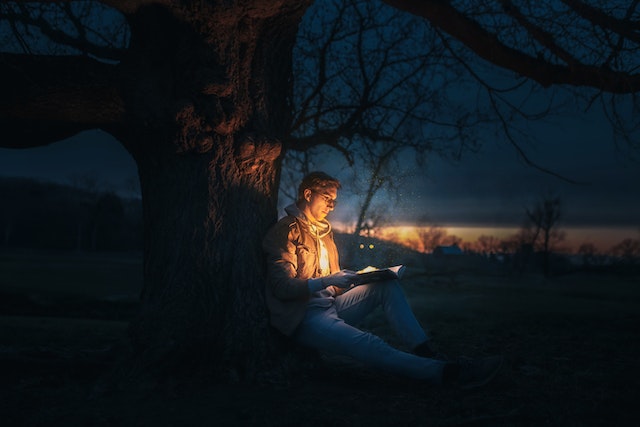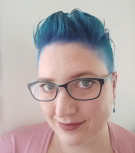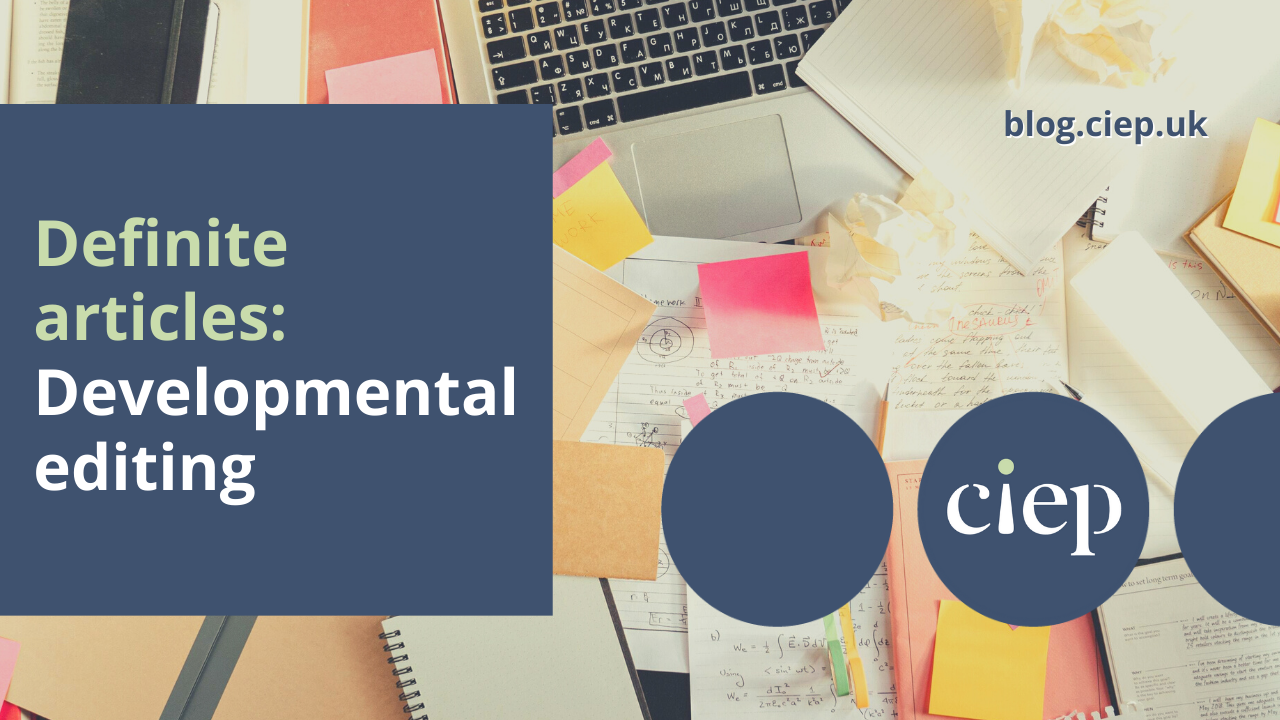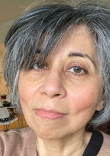In this post, Andrew Hodges looks at how editors can help authors to create convincing and consistent worlds in their fantasy and science fiction novels.
Worldbuilding is the creation of fictional worlds in stories. In this blog post, I’ll cover some common problems editors encounter with worldbuilding. These can be tackled in a developmental edit, a line edit, or both.
Defining worldbuilding
First up, here’s some exciting news: in April 2023, the Merriam-Webster dictionary added worldbuilding to the dictionary! Here’s their definition:
Merriam-Webster also notes three variant spellings: worldbuilding, world building, and world-building. I prefer the joined-up version, but Merriam-Webster favours world-building while accepting all three variants. The Oxford English Dictionary hasn’t included the term (yet!).
So what is worldbuilding exactly? Well, it involves big ideas, which the fantasy author MD Presley calls a fantasy conceit, such as:
- How might people live if the ground were poisonous at night?
- What if people’s height was proportional to how healthy they were?
- What if people were only allowed to live until they reached 30 years old?
And it also involves nuances of setting, such as clothes, technologies, medicines, architecture, food items, weapons, vocabulary and so on.
What problems come up with worldbuilding when editing?
1 Unclear worldbuilding
Sometimes, authors don’t mark the fictional world as different enough from our world. They may describe scenes on another planet that make a reader think of 2020s London, for example.
Imagine two characters making milkshakes in a kitchen. That kitchen may be designed roughly the same whether it is in a semi-detached house in a Dorset village, on the USS Enterprise’s holodeck or on a spaceship circling around Jupiter. The broader context needs to be as clear as the immediate setting. The kitchen could be beautifully clear in the narration and the worldbuilding vague, or vice versa.
AQ: Can you make the wider setting clearer to the reader here? For example, you could mention the view through the kitchen window briefly. This would make it clear to readers that the characters have a view of Saturn’s rings while drinking their milkshakes.
2 Infodumping
This is when the author includes too much information in one go about how certain aspects of the world work. These details often slow down the pacing and can break reader immersion in the story. The relaying of such background details is called exposition, and it can happen in narrative or dialogue (especially ‘As You Know, Bob’ dialogue).
For editors, it’s useful to know about any subject expertise or interests the author has here. Asking the author a few questions about their writing context and general life background in an onboarding questionnaire can really help. Infodumping can creep in when the author discusses a subject they know a lot about, are passionate about, or both.
It’s especially problematic when it happens in the first few chapters. On this note, the science fiction and fantasy author Brandon Sanderson coined the term ‘infodump equity’. This is the idea that the more readers are invested in the story, the greater patience (or even desire!) they will have to learn more worldbuilding details. Like readers’ tolerance for more backstory as they get to know and relate to the characters, readers will have more patience for worldbuilding once they’ve entered and got to know the fictional world.
Line editors and developmental editors should point out excessive infodumping in a tactful way, and make calls within the context of the story and the audience.
AQ: You’ve discussed tree physiology on the planet Iror-B for three pages here. I suggest you remove any details that aren’t relevant to the plot, as not all readers will be interested in this topic.
3 Inconsistent worldbuilding
The big ideas linked to worldbuilding have ripple effects that some authors have not carefully figured out. If the most obvious implications are simply avoided or treated inconsistently, then readers will find the world unconvincing and unbelievable.
For example, in a novel about vampires, if on page six Edward says he burns on contact with daylight, then it makes no sense if he’s baling hay in the afternoon sun on page ninety-seven. You could introduce new worldbuilding details that make this possible. For example, a vendor selling sunscreen to vampires could launch a successful business on page eighty-five. But then there’s a danger of points seeming contrived to fit plot points.
If inconsistencies leap out at you when editing, readers are likely to notice too. And that’s why it’s important to raise an author query (if your role permits it). Inconsistencies can create problems with believability and plausibility, which can break reader immersion in the story.
4 Harmful stereotypes
Harmful stereotypes exist in all genres of fiction. But with science fiction and fantasy, editors need to pay special attention to the new social groups that writers invent in their worlds. These are sometimes based closely on real-world cultures, and draw on stereotypes that link to, for example, colonialist, orientalist or racist descriptors. Editors need to watch out for such stereotypes and raise a tactful author query when necessary.
AQ: The orcs in your manuscript are dark-skinned. This seems inconsistent with their living underground in the Misty Mountains, and these racial stereotypes will alienate many modern readers.
When raising an author query about conscious and inclusive language, Crystal Shelley’s course on conscious language offers important tips on how to do so in a way that does not come across as a personal attack on the author. A focus on possible reader and audience perceptions the author may not have been aware of or considered can help.
And the orcs example is a useful one for another reason too: worldbuilding is never about building a world completely separate from ours. It is always based on a comparison with the real world and all details not discussed explicitly are usually assumed to be the same as in the real world (for example, that a group living underground for generations would be pale-skinned because they would have little melanin).
What to include on a style sheet
Science fiction and fantasy novels have longer style sheets than other fiction genres because they include detailed worldbuilding notes. For instance, I include brief notes on all the social groups in the story, a special column for worldbuilding details (objects and nuances of setting) on my style sheet, and a separate section for any big worldbuilding concepts or rules. Timelines may also be more complex if the story involves time travel or moving between various worlds.
Summary
In short, the experience of reading a science fiction or fantasy novel involves getting to grips with a new vocabulary and world in which different rules operate. These rules need to be consistent and believable, and drip-fed to the reader in a way that doesn’t bore them or pull them out of the story. These are challenges that developmental editors, line editors and copyeditors grapple with every day in their work. If you’re interested in learning more, I highly recommend these resources:
- Mythcreants have loads of articles on worldbuilding and other aspects of fiction developmental editing. You can check out their site or join their Patreon to support their work.
- Club Ed offers a specialist course in Editing for Worldbuilding and Setting.
- MD Presley has lots of useful resources – including books and workbooks – on worldbuilding.
- I run a newsletter where you can ask me worldbuilding questions. I’m also developing courses on worldbuilding and on fiction craft for new science fiction and fantasy writers.
About Andrew Hodges
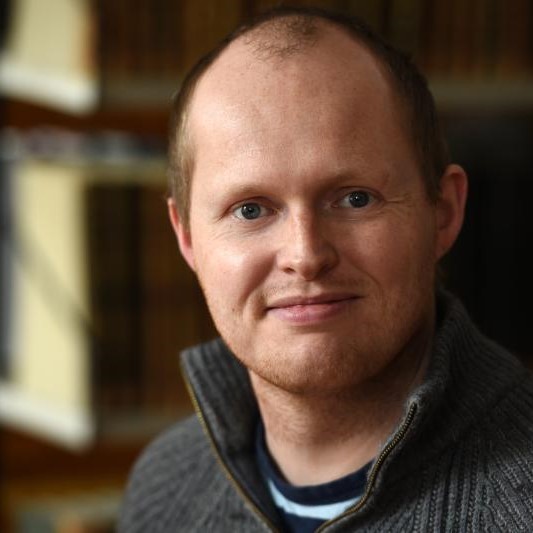 Andrew Hodges runs an editorial business called The Narrative Craft in Edinburgh, UK. He loves line-editing fiction and ethnography and enjoys chatting with science fiction and fantasy authors about worldbuilding and point of view issues whenever he can.
Andrew Hodges runs an editorial business called The Narrative Craft in Edinburgh, UK. He loves line-editing fiction and ethnography and enjoys chatting with science fiction and fantasy authors about worldbuilding and point of view issues whenever he can.
 About the CIEP
About the CIEP
The Chartered Institute of Editing and Proofreading (CIEP) is a non-profit body promoting excellence in English language editing. We set and demonstrate editorial standards, and we are a community, training hub and support network for editorial professionals – the people who work to make text accurate, clear and fit for purpose.
Find out more about:
Photo credits: header image by David Menidrey on Unsplash, library blurring into a sunny sky by Mysticsartdesign on Pixabay, man reading a book under a tree at night by Josh Hild on Pexels.
Posted by Eleanor Smith, blog assistant.
The views expressed here do not necessarily reflect those of the CIEP.



